Sealing and Protecting Your Work
So, you've worked very hard and your work. It is the perfectly finished, filed, sanded and polished, how do you protect the metal from oxidation?
That's the question for the ages jewelry ages, anyway. How do we seal and protect our work from oxidation, moisture, and UV rays that fade colors?
There are many options available, and I'd like to share what I've learned.
No sealant lasts forever. If jewelry isn't worn, it can last a long time, but once it's used regularly, every protective layer will eventually wear off.
There are many options available, and I'd like to share what I've learned.
No sealant lasts forever. If jewelry isn't worn, it can last a long time, but once it's used regularly, every protective layer will eventually wear off.
Different metals and finishes need different types of protection.
Copper, for example, is highly prone to oxidation. It can turn skin green when it reacts with the acids in our sweat.
It also changes color when exposed to hot sunlight, regular water, or salt water, especially when worn directly against the skin.
One of the biggest downsides of sealing the rich torch-created colors is that most sealants dull or alter those beautiful hues.
Copper, for example, is highly prone to oxidation. It can turn skin green when it reacts with the acids in our sweat.
It also changes color when exposed to hot sunlight, regular water, or salt water, especially when worn directly against the skin.
One of the biggest downsides of sealing the rich torch-created colors is that most sealants dull or alter those beautiful hues.
One of the most common sealers used in the jewelry industry is Renaissance Wax.
Ren Wax is a microcrystalline wax polish that leaves a clear, residue-free coating.
It's petroleum-based and has a strong odor, so you'll need to wear a mask and gloves when applying it.
To use Ren Wax, clean the metal first, then rub on a thin layer.
Allow it to dry, and buff it to a glossy finish with a clean rag.
Ren Wax is a microcrystalline wax polish that leaves a clear, residue-free coating.
It's petroleum-based and has a strong odor, so you'll need to wear a mask and gloves when applying it.
To use Ren Wax, clean the metal first, then rub on a thin layer.
Allow it to dry, and buff it to a glossy finish with a clean rag.

Another option is a product called ProtectaClear. It comes in both liquid and spray forms.
For the liquid version, simply dip your finished piece and let it dry.
With the spray, suspend your jewelry and apply several light coats, allowing each layer to dry before adding the next.
This sealant dries clear, is safe for nearly all metals, and provides scratch resistance.
It also dries quickly usually within an hour and is environmentally safe.
While it's a bit more expensive, it can be well worth the investment.
For the liquid version, simply dip your finished piece and let it dry.
With the spray, suspend your jewelry and apply several light coats, allowing each layer to dry before adding the next.
This sealant dries clear, is safe for nearly all metals, and provides scratch resistance.
It also dries quickly usually within an hour and is environmentally safe.
While it's a bit more expensive, it can be well worth the investment.

If you're at a craft or hardware store, you can grab a spray can of matte, clear, or glossy sealant by Krylon.
Suspend your piece and spray light, quick coats, allowing each layer to dry before applying the next.
This acrylic sealant is both UV-resistant and scratch-resistant. It's commonly used for mixed-media projects since it's safe for paper and other porous materials.
Suspend your piece and spray light, quick coats, allowing each layer to dry before applying the next.
This acrylic sealant is both UV-resistant and scratch-resistant. It's commonly used for mixed-media projects since it's safe for paper and other porous materials.

Another sealant you can find at most craft stores is Mod Podge. It now comes in spray form and offers multiple finish options.
It's great for mixed-media projects and works well on wood, paper, plastic, fabric, and metal.
Mod Podge can be sanded for a smooth finish, cleans up easily with soap and water, and is certified AP non-toxic and water-based.
It's great for mixed-media projects and works well on wood, paper, plastic, fabric, and metal.
Mod Podge can be sanded for a smooth finish, cleans up easily with soap and water, and is certified AP non-toxic and water-based.

One option I often use for copper and other metal pieces that get a lot of wear like rings or bracelets is clear fingernail polish.
Yes, you read that right fingernail polish!
It's easy to apply, most people already have some at home, and it provides quick, fairly durable protection for jewelry pieces like rings or even earrings.
Yes, you read that right fingernail polish!
It's easy to apply, most people already have some at home, and it provides quick, fairly durable protection for jewelry pieces like rings or even earrings.

While researching on professional jewelry sites, I came across "professional-grade" sealers such as Midas Finish Seal Lacquer.
This product is a water-based acrylic lacquer that dries clear, hard, and abrasion-resistant.
According to reviews, patience is key to achieving a smooth, lasting finish. However, like all sealants, it will eventually wear off on pieces that are frequently worn.
This product is a water-based acrylic lacquer that dries clear, hard, and abrasion-resistant.
According to reviews, patience is key to achieving a smooth, lasting finish. However, like all sealants, it will eventually wear off on pieces that are frequently worn.

From all my research, there's no true long-term sealant for metal. If a piece is worn regularly, the coating will eventually wear off. Silver will tarnish, copper will oxidize, and even the most beautiful colors will fade.
Personally, I work with a lot of copper, and I choose not to seal it. I believe copper only gets prettier with time but that's just my preference.
You can also provide anti-tarnish tabs or strips for your customers to store with their jewelry. These are available from many retailers and make a great addition to packaging.
Anti-tarnish products help protect silver, nickel, copper, bronze, base metals, tin, and gold. To use, place a strip or tab near the polished metal inside an enclosed space, such as a jewelry case, storage bag, or box. They typically last about two years once activated.
Always remember: when using any of the protectants mentioned above, follow safety precautions.
Work in a well-ventilated area and wear masks and gloves.
Personally, I work with a lot of copper, and I choose not to seal it. I believe copper only gets prettier with time but that's just my preference.
You can also provide anti-tarnish tabs or strips for your customers to store with their jewelry. These are available from many retailers and make a great addition to packaging.
Anti-tarnish products help protect silver, nickel, copper, bronze, base metals, tin, and gold. To use, place a strip or tab near the polished metal inside an enclosed space, such as a jewelry case, storage bag, or box. They typically last about two years once activated.
Always remember: when using any of the protectants mentioned above, follow safety precautions.
Work in a well-ventilated area and wear masks and gloves.

Materials
No materials listed
Tools

10X10 Inch Selvyt Gembright Polishing Cloth Red - Pack of 1
G9-63
- G9-63
- Lesson Quantity: 1.00 pieces
- Purchase Quantity: 1.00 each
- Price: $10.57
- Gold Club Price: $7.93

Brilliant Polishing Cloth 12x8 Inches - Pack of 1
G9-64
- G9-64
- Lesson Quantity: 1.00 pieces
- Purchase Quantity: 1.00 each
- Price: $4.57
- Gold Club Price: $3.43

Penny Brite, 7 Ounce Gel Squeeze Bottle
G11-6
- G11-6
- Lesson Quantity: 1.00 pieces
- Purchase Quantity: 1.00 each
- Price: $11.95
- Gold Club Price: $8.96
- Category: General Education
- Technique(s): Filing / Finishing










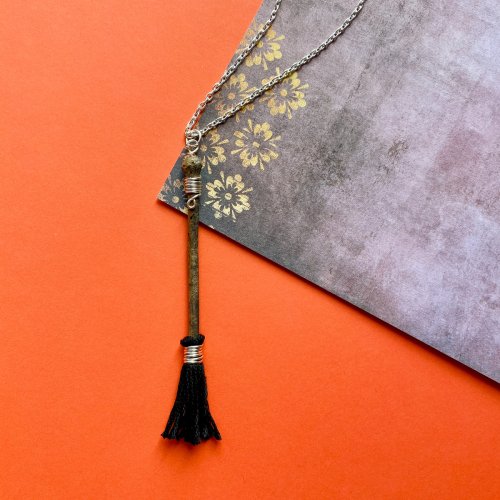
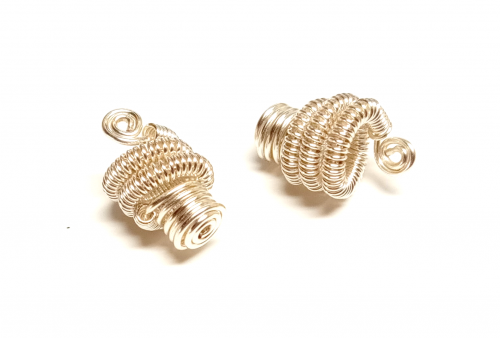

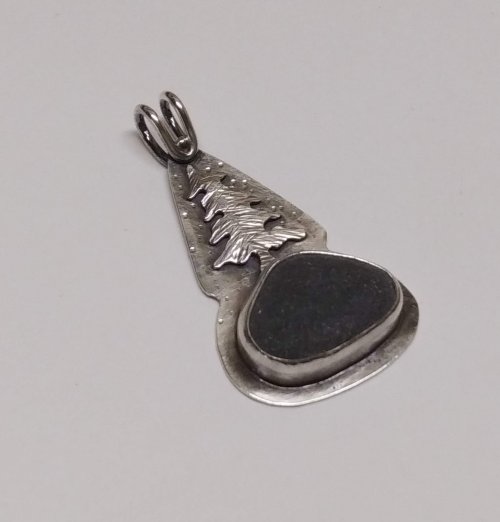
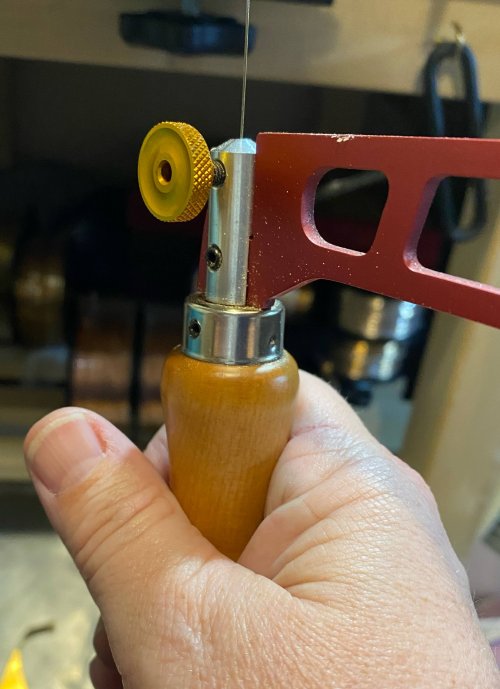
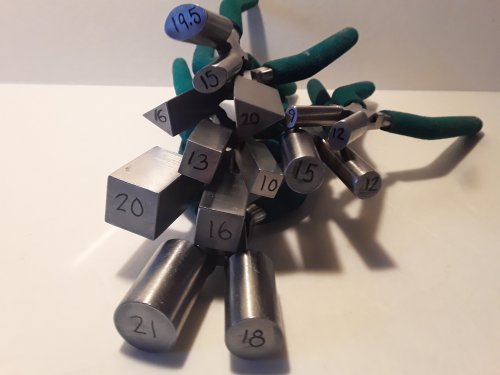
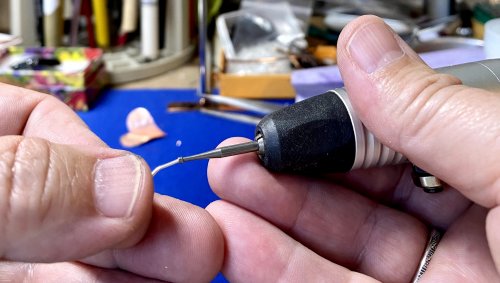
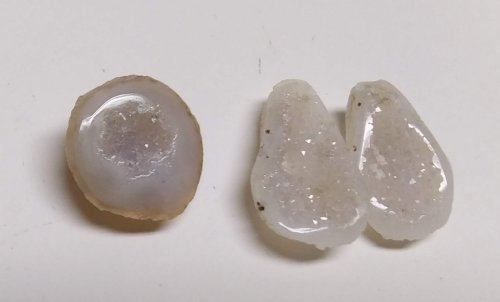


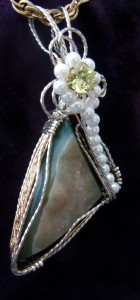
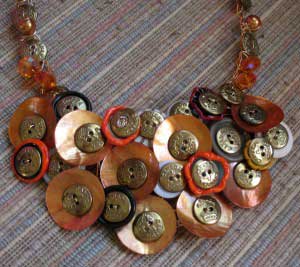
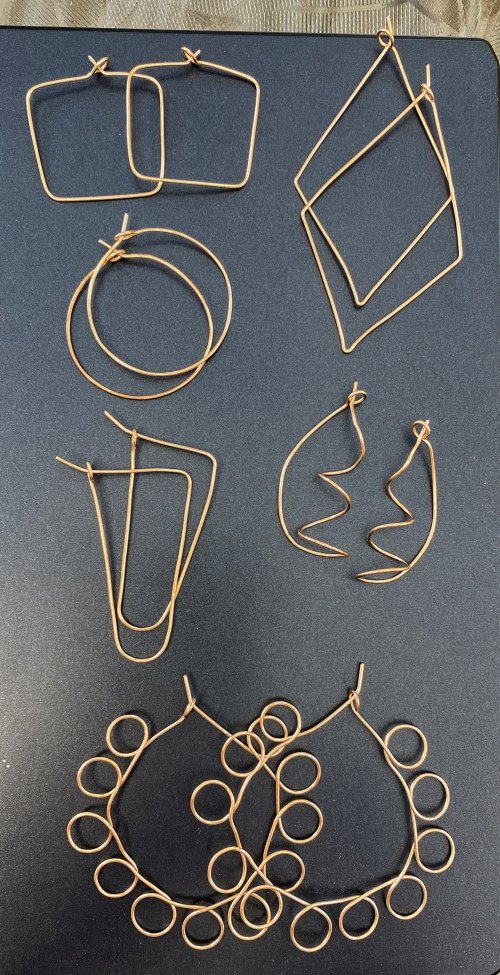 A Journey in Creating Hoop Earrings
A Journey in Creating Hoop Earrings
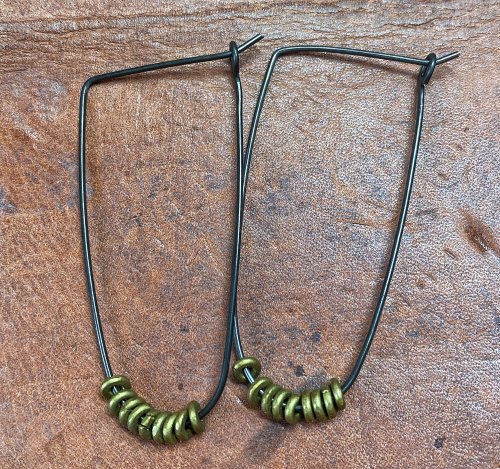 Not Just a Concept
Not Just a Concept
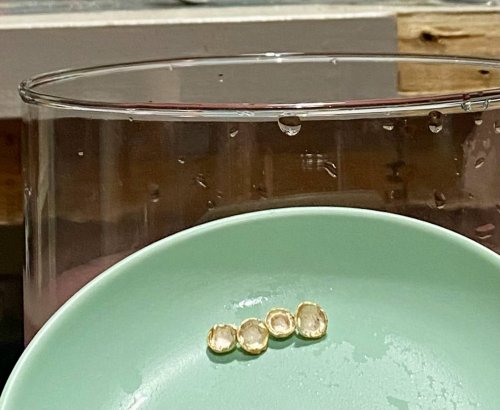 An Adventure in Water Casting
An Adventure in Water Casting

